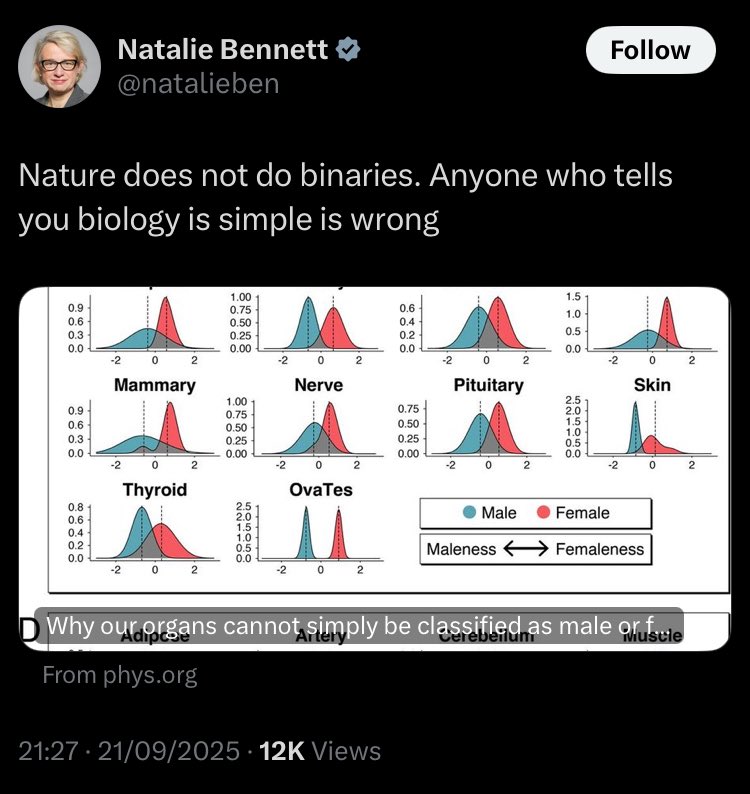Superstretchy tights can get in the sea.
All they do is leave me with stripes/patchy legs. I cannot, for the life of me, get them onto my legs in any semblance of uniformity.
All they do is leave me with stripes/patchy legs. I cannot, for the life of me, get them onto my legs in any semblance of uniformity.
Tights need some resistance to ensure the weave lies evenly and springs back when you rub them or pick off a bit of fluff.
I am unable to fashion a suitable Tubigrip applicator shape with my hands, so am currently sporting vertical stripes on my calves, pale patches on my shins and horizontal stripes on my thighs. 

I have tried going a size up, rationalising that perhaps an looser fit might solve the issues.
Nope.
Nope.

They don’t ladder very easily, I’ll give them that. And I have tested this pair thoroughly, having had my entire arms in them, waistband to ankle, trying to make them sit correctly.
Any tips?
Any tips?
• • •
Missing some Tweet in this thread? You can try to
force a refresh







